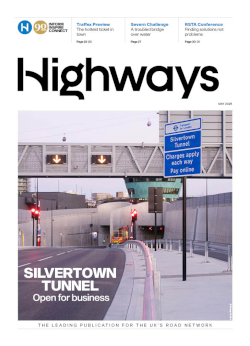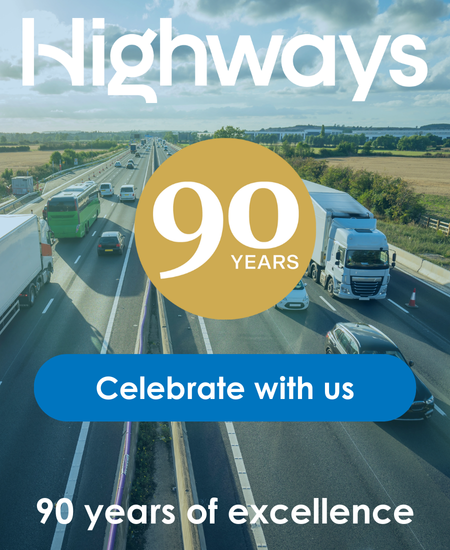The French Government has borrowed success from the ITS Industry to create a “smart border” at Calais in order to maintain speedy movement of goods once the UK leaves the European Union.
It has issued guidance explaining how it has developed an information system allowing businesses to automate the border crossing by HGV. This innovative solution will be applicable at all points of entry/exit to/from Calais region and “more broadly of Channel-North Sea”.
It is based on 3 principles :
- The early completion of customs procedures before arriving at the border by giving the bar code of the customs declaration to the driver.
- The identification of the mean of transport and the bar code of customs declaration of transported goods.
- The automatic sending of the crossing notifications to the customs declarant to avoid stopping the HGV.
It says that under this approach, customs declarations must be identified with a bar code in the driver’s possession. The bar code establishes a link between the number plates of the HGV and its customs or transit declaration(s).
All these declarations cover the contents of a HGV identified via its number plate upon arrival at the customs facility (port or Eurotunnel terminal): electronic registration of the HGV number plate and customs forms (also known as “pairing”) enables the HGV to be tracked as it goes through the facility, especially when it crosses the border. After the border has been crossed, the vehicle is not permitted to turn back.
Thus, upon arriving in France, the haulier will automatically be directed to the green or orange lane depending of the status of the transported goods customs declarations : green lane : no stop, direction the motorway or orange lane : going through a check area.
The use of ITS principles to deliver efficient border crossings post-Brexit was suggested by Trevor Platt of consultants Nicander in a SMART Highways article in summer 2018 which you can read here.





